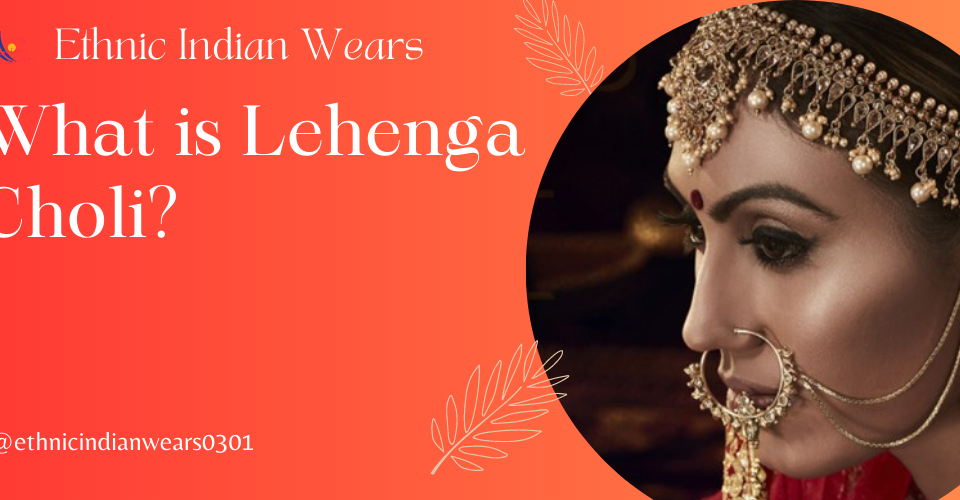
10 Reasons Why Salwar Suits Are Every Woman’s Wardrobe Essential?
21 August 2023The Evolution of Salwar Suits:
From Traditional to Modern Fashion
Salwar suits are one of the most versatile and timeless pieces of clothing in Indian fashion. They have been a part of Indian traditional wear for centuries and have evolved significantly over time, adapting to changing fashion trends and styles. From their humble beginnings as a comfortable and practical clothing option for women, salwar suits have now become a fashion statement that reflects individual style and personality.
The traditional salwar suit consists of three pieces of clothing: the kameez or tunic, the salwar or pants, and the dupatta or scarf. The kameez is a long, loose-fitting tunic that falls below the knee and is usually paired with salwar pants that are comfortable and easy to move around in. The dupatta is a long, flowing scarf that is draped over the head or around the neck and shoulders. The traditional salwar suit was typically made of cotton or silk and featured intricate embroidery and embellishments.
Over time, the salwar suit has evolved to include a variety of styles and designs that cater to different tastes and preferences. In the 1960s and 1970s, the salwar suit became popular in Bollywood movies, and the designs were heavily influenced by the film industry. The salwar pants became more fitted, and the kameez was often sleeveless or had shorter sleeves.
In the 1980s and 1990s, the salwar suit began to incorporate more Western elements, such as collars, buttons, and pockets. The use of synthetic fabrics also became more prevalent during this time, as they were more affordable and easier to care for than traditional fabrics like cotton and silk.


In the 2000s, the salwar suit evolved even further, incorporating modern fashion trends and styles. Designers began experimenting with different fabrics, cuts, and colors to create unique and contemporary designs. The traditional long kameez was replaced with shorter tunics, and the salwar pants were replaced with palazzo pants, leggings, and even skirts. The use of bold prints and patterns, such as florals and geometrics, also became popular during this time.
Today, the salwar suit continues to evolve, with designers pushing the boundaries of traditional design to create modern and innovative pieces. The use of unconventional fabrics, such as leather and denim, and the incorporation of western silhouettes and design elements, such as off-the-shoulder tops and capes, have become common.
In conclusion, the evolution of salwar suits from traditional to modern fashion reflects the changing tastes and preferences of women over time. While the traditional salwar suit remains an important part of Indian culture and heritage, it has also become a canvas for experimentation and innovation, with designers constantly pushing the boundaries to create unique and contemporary designs that reflect the changing times.



